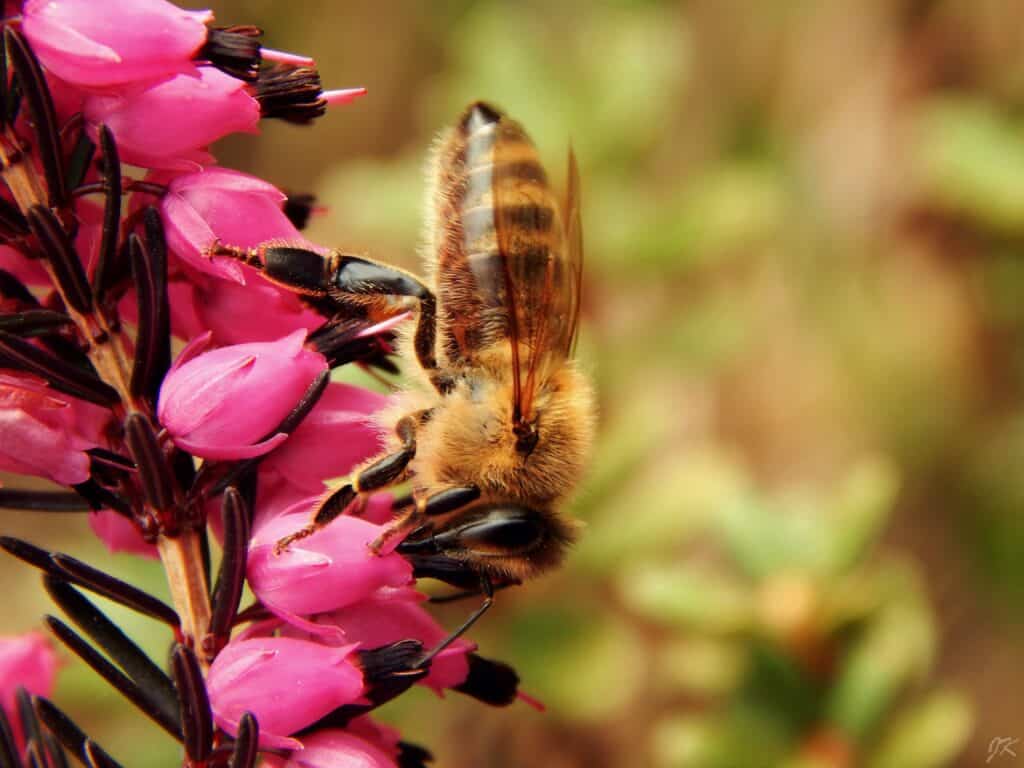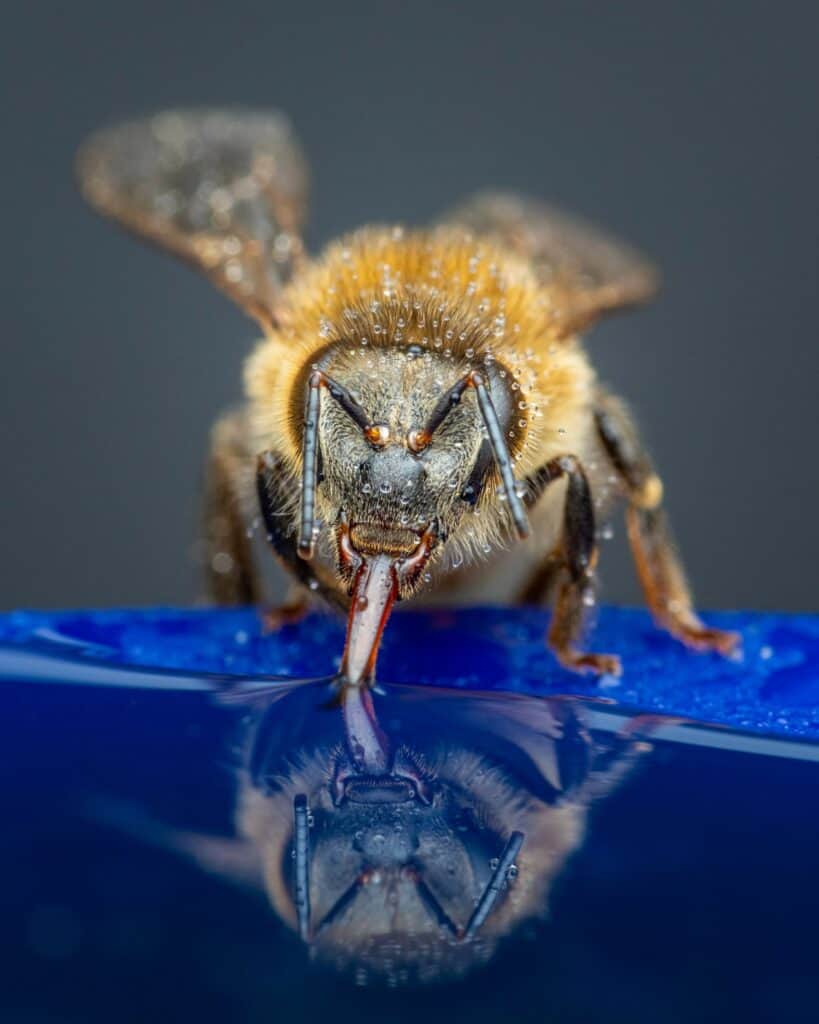What happens when a bee stings you and how to react
Bees are essential to our ecosystem, and we owe them a great deal of gratitude. They pollinate our plants and produce our beloved honey. But be careful not to infuriate them, because you’ll see a different side of them if you do. They can be quite aggressive when provoked, and their sting is quite painful. So it’s best to just admire them from a distance and leave them be.
From the outside, a bee may look cute and fuzzy, but when you get stung by them you will know how formidable they can be. It has a sharp stinger that is barbed, which means it gets stuck in your skin. This can cause you great pain as the bee’s venom is released into your system.

What happens when a bee stings you?
When a bee stings you, your body reacts in a number of ways. The first is to release histamine, which causes the area around the sting to swell and itch. This is followed by a more general release of chemicals that cause inflammation, which can lead to redness, swelling, and pain. In some cases, the bee’s venom can also cause an allergic reaction, which can be life-threatening. There are a few ways to know if you are allergic to a bee sting.
The most common way is to have a severe reaction, such as swelling, hives, trouble breathing, or dizziness. If you have any of these
reactions, you should seek medical attention immediately. Other less severe reactions include itching, redness, or swelling at the site of the sting. If you have any of these reactions, you should try to avoid future bee stings.
What to do when stung?
If you find yourself a victim of a bee sting, never fear! There are a few things you can do to ease the pain. Here’s what the NHS recommends:
-First, if the stinger is still in the skin, remove it (but be sure to check the instructions first).
-Then, wash the area with soap and water.
-Apply a cold compress or ice pack to the area for at least ten minutes to reduce swelling.
-If possible, raise or elevate the affected area – this will also help with the swelling.
-Avoid scratching or bursting any blisters, as this increases the risk of infection.
-Finally, avoid traditional home remedies – they probably won’t help.
The pain, swelling and itchiness can last a few days, but following these steps will help you get through it!
Now that you know what to do when you’re stung by a bee, here’s a list of five interesting bee species from around the world.

Africanized Honey Bee
The Africanized honey bee (Apis mellifera scutellata) is a descendant of the African sub-species. It is very aggressive and fiercely protective of its territory and will attack if provoked. Although its venom is no more potent than other bees, a swarm of Africanized bees can be deadly.
Giant Resin Bees
Giant resin bees are known to take advantage of abandoned wood cavities for nesting purposes. These cavities can be found in trees, timbers, or even holes created by carpenter bees. Carpenter bees are a native species and play an important role as a pollinator. However, giant resin bees can be aggressive towards them, coating them in a sticky resin that immobilizes them. This often leads to the death of the carpenter bee.
Vulture Bees
Vulture bees are a special kind of bee that doesn’t have a stinger. They have a really good sense of smell and they eat dead animals. When they find something to eat, they have to figure out how to get inside the body. They’re small, so they can’t chew through thick skin. So, like flies, they go into the body through open wounds or natural openings like the nose, eyes sockets, ears and mouth.

European Honey Bee
European honey bees are usually docile, and will only sting if they feel like the hive is in danger. Many accidental stings happen when a bee is just trying to gather food and someone steps on them or waves their hand too close to the bee.
Sweat Bee
Sweat bees are a common name for various bees that are attracted to the salt in human sweat. It can refer to the species in the family Halictidae, such as Lasioglossum albipe.

